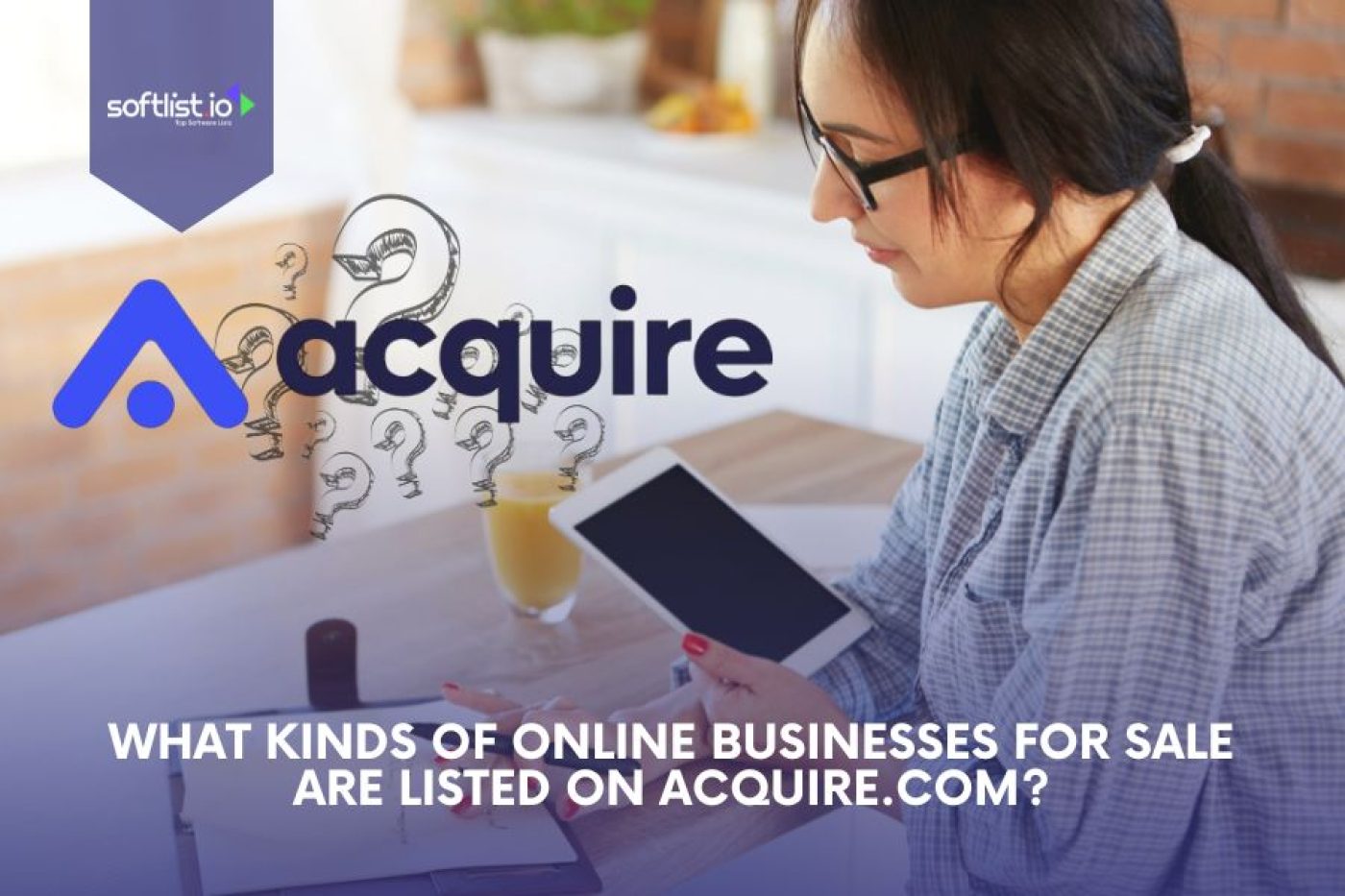The B2B e-commerce sector is presently a goldmine that holds even greater potential. In fact, according to a 2022 Gartner Sales Survey, 83% of B2B buyers do business via e-commerce. Great news, right?
What’s not so great is being stagnant despite playing in this promising field. If you think starting a business is hard, wait till you start trying to scale. That phase can drain the life out of any team if not well-managed. And sometimes, all the effort invested ends up going to waste.
It’s a sad situation when your clients’ expectations are getting higher but your business is struggling to meet up. It gets tougher when you see your competitors meet these expectations and snatch your clients. Even worse if you’re clueless on the way forward.
But don’t lose hope. We now have Software as a Service (SaaS) solutions that can turn a struggling business into a thriving one. If used properly, SaaS tools will not only breathe new life into your business, they will also catapult your business to the frontline. Let’s unravel them.
What Are SaaS Tools
Software as a Service (SaaS) tools are solutions designed to improve your business operations and workflow management, resulting in better efficiency and growth. SaaS is a software distribution model that involves a third-party provider hosting applications and making them available to end users over the Internet.
This third-party vendor, also known as an Independent Software Vendor (ISV) can either outsource the cloud hosting to another provider or offer the hosting services.
Features of SaaS Solutions
How can you tell SaaS tools from other digital solutions? It’s simple. Here are some features that make them stand out.
Multi-Tenancy
SaaS tools have a multi-tenancy feature that enables them to serve multiple users through a single deployment. Using common infrastructure and coding, SaaS app providers cater to many customers or tenants simultaneously. This makes the solutions cost-effective and easy to scale.
Easy Access
Anyone anywhere can easily access SaaS solutions. These applications can be used on any device as long as the users have an internet connection. This feature makes it seamless for as many people as possible to use the software while increasing profitability.
Subscription Billing Model
SaaS tools operate on a subscription-based billing model. This ensures that the burden of acquiring and installing the software is lifted off the user’s shoulders. Customers typically pay monthly and annually to have access to a SaaS tool. The vendor, in turn, provides maintenance, support, and regular updates.
Scalability
SaaS solutions offer the ability to scale. This means you can sign up for a basic package initially and as your business grows, you can scale up and upgrade to a plan that best suits your present needs.
Integration and Collaboration
SaaS tools come with integration and collaboration features. They’re built to easily integrate with existing software or third-party applications. With this feature, a smooth data flow among systems and SaaS tools is facilitated. Likewise, SaaS solutions allow multiple users, promoting collaboration among teams.
The features listed above help you to easily identify SaaS tools. Although other characteristics enable you to spot SaaS solutions, these are the most prominent ones.
Why an SaaS Agreement Is Important
A SaaS agreement is a legal document containing the terms and conditions of the relationship between a SaaS vendor and their client. This agreement brings clarity and lets you know the precise service the vendor provides. Most SaaS companies use a SaaS agreement template to generate their agreements, so it’s important to check the fineprints before signing any document with your Independent Software Vendor.
Essential SaaS Tools for Scaling B2B E-commerce Businesses
As mentioned earlier, SaaS solutions are the answer to a stagnant B2B e-commerce business. When you’re equipped with these SaaS tools, you scale your business faster. But enough of treating SaaS tools with a general approach. Let’s get to the nitty gritty. Here are the specific tools that will take your business from 0 to 100.
Mobile Barcode Scanning Tool
A tool that enables barcode scanning for B2B websites is one of the SaaS innovations that facilitate business growth. This barcode scanning technology sure makes a B2B e-commerce business more efficient. The technology has a proven track record of being a reliable means of product identification. It is cost-efficient and has a low error rate.
Having a mobile barcode scanning feature on your website gives you front-end versatility. This means you can use the SaaS tool on any device of your choice. Also, unlike its Bluetooth counterpart, a mobile barcode scanner is not restricted by range. Once you have an internet connection, you’re good to go.
Sana Commerce Cloud is an example of a SaaS tool that offers mobile barcode scanning as a paid feature. This tool is supported by ID barcodes and designed for rapid scanning.
With this feature, you can streamline your business processes.
Customer Relationship Management (CRM) Tool
Can you scale your company without customers? Of course not. Customers are the backbone of businesses. So, investing in SaaS solutions that help you manage and grow your customers makes sense. Customer relationship management (CRM) software does just this.
Also, a vibrant customer relationship system is vital to a B2B company because it is defined by more complicated decision-making processes, long sales cycles, and continuous partnerships. Therefore, managing customers in this complex business model is very tasking and stressful. That’s why reliable customer relationship management (CRM) software is essential.
This SaaS solution will help you nurture customer relationships over a prolonged period, facilitating repeat business, customer loyalty, and referrals. With a CRM, you’ll have access to data and insights on customer needs, preferences, and pain points.
Salesforce Customer 360 is a top CRM tool that unites your team and customers, gives you actionable insights from data, and helps you retain customers and attract prospects. This toolkit is a complete CRM product portfolio that enables you to build and maintain long-lasting relationships with your customers.
Payment Processing Software
To scale your business, you must ensure secure, efficient, and smooth transactions. And there are SaaS tools built specifically for this. This solution not only ensures that payments are seamlessly processed, it also provides other features like invoicing and subscription management.
A payment processing software typically has three elements:
- Payment processor: this involves transaction management, ensuring details are sent from the customer’s bank to the merchant’s bank.
- Payment gateway: this entails connecting your website to the payment processor.
- Merchant account: this is the account that holds the funds received from customers
With this software, your payment processing is automated, saving you the stress of manual efforts and minimizing errors. This SaaS tool ensures you receive instant payment from customers anywhere in the world. That’s not all; a seamless checkout process also improves your website’s user experience.
Stripe is a household name in payment processing. It is a fully integrated suite of financial and payment products that help you increase revenue, cut costs, and grow your business. With Stripe, you easily meet all your payment-related needs, effectively managing your revenue operations.
If you leverage the SaaS tools listed above, you’ll be in the top cadre of your field in no time. These SaaS tools are specially designed to ease your journey in the B2B e-commerce industry. Note, though, that this list is not exhaustive. Discover other SaaS solutions that will help you build a thriving business.
Best SaaS Tools: Our Top Picks
|
Primary Rating:
3.5
|
Primary Rating:
3.5
|
Primary Rating:
3.5
|
Secure a Front Seat in the B2B E-commerce Industry With Effective SAAS Tools
Every business owner’s dream is to build a vibrant and successful business. Unfortunately, many just barely lay the foundations before getting stuck. Taking the business to the next level then becomes an uphill task. Some simply throw in the towel at this point while others keep struggling, waiting for a miracle.
In today’s technology-driven world, that miracle is in the form of SaaS tools. These solutions simplify your processes, helping you work more efficiently. So, whether you’re leveraging the mobile barcode scanning solution, business toolkit software, CRM tool, payment processing software, or all of them, you’ll soon experience that much-needed miracle of scaling your business and placing it in the industry front row.
Frequently Asked Questions (FAQ)
What is SaaS B2B software?
SaaS B2B is short for Service as a Software Business to Business. It is a cloud-based software designed to enable businesses to carry out various tasks in their business operations. This software targets businesses instead of individual consumers.
What is an example of B2B SaaS?
An example of B2B SaaS is Microsoft Office 365. It is software used by millions of companies all over the world.
What is the difference between B2B software and SaaS?
The difference between B2B software and SaaS is that B2B refers to business-to-business sales while SaaS stands for Software as a Service – the concept of providing software services to people and businesses.
How do B2B SaaS platforms ensure data security?
Prioritizing data security and privacy is crucial for B2B SaaS platforms. Most companies invest heavily in encryption and robust security measures to protect sensitive data. They also focus on validating data, controlling versions, and ensuring reliable backup and recovery processes. Advanced cloud technology is used to restrict data access to authorized individuals and organizations.
What are some common challenges faced by businesses using B2B SaaS?
Businesses often encounter challenges such as integration issues with other software solutions, leading to data silos and inefficiencies. Subscription fatigue can also be an issue, as managing multiple SaaS subscriptions can be complex and time-consuming. Ensuring that the chosen SaaS tools align with business goals and provide value is essential to address these challenges.
What are some essential B2B SaaS KPIs to track?
Key Performance Indicators (KPIs) like Customer Lifetime Value (CLV), Customer Acquisition Cost (CAC), Customer Churn Rate, and Monthly Recurring Revenue (MRR) are vital for assessing a company’s performance and forecasting future achievements. Tracking these metrics helps in making informed decisions and understanding the financial health of a business.









